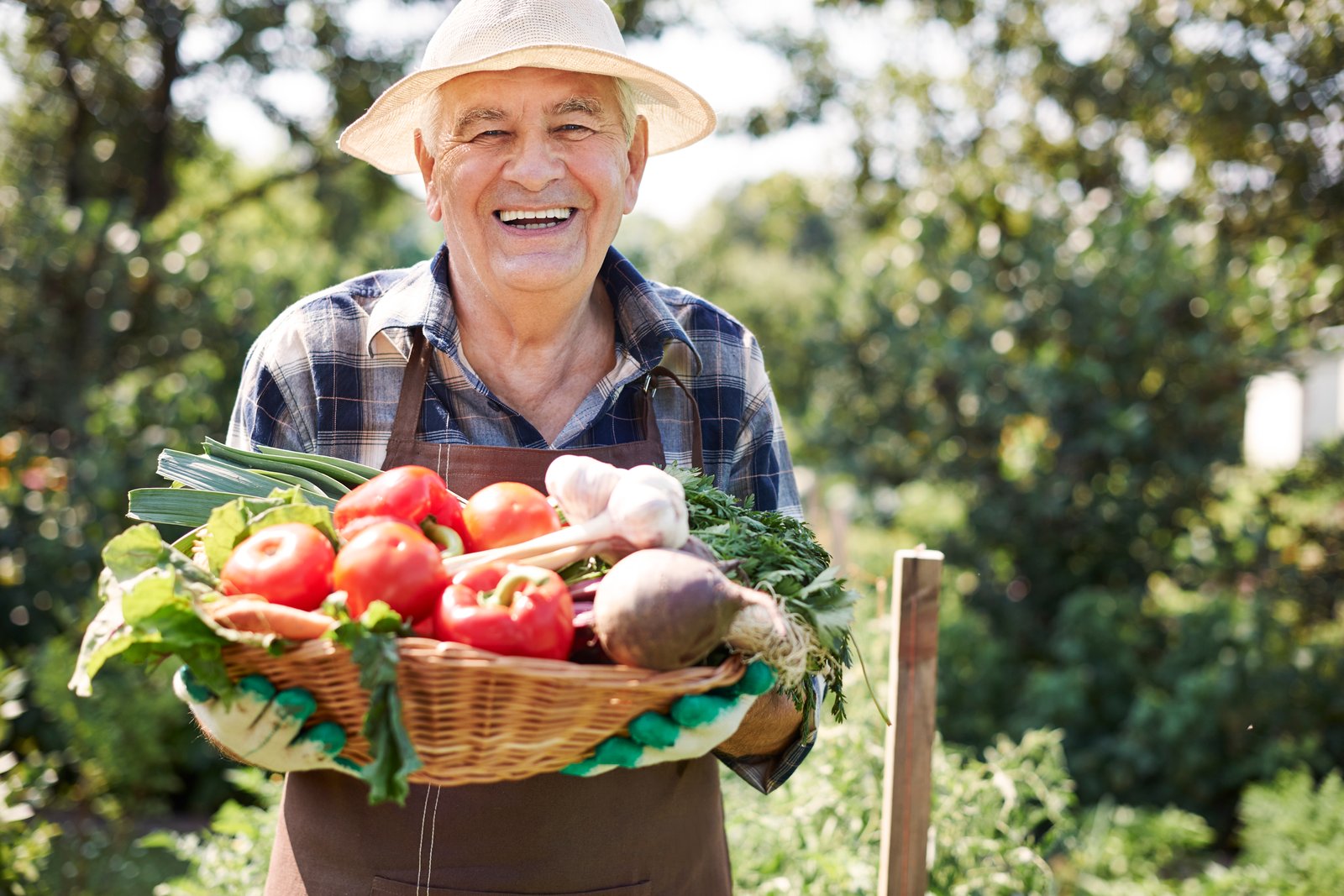
Exploring the Why and How of Growing Your Own Food

Maintaining a healthy and balanced diet is a huge part of living a healthy lifestyle. But when you’re consistently disappointed in supermarket produce or the standards by which it’s grown, it’s time to reevaluate. In times like these, growing your own produce could be the solution you’ve been looking for. But why should you and how can you get started? Here’s what you need to know.
Why You Should Grow Your Own Food

When you want food to feel like a luxury without spending luxury prices on organic produce, growing your own fruits and vegetables is a great solution. Flavor-filled, healthy, organic produce doesn’t have to take a big chunk out of your bank account! Even if you only grow one or two staples to get yourself started, you’ll soon find that the experience of growing your own food can be incredibly rewarding. Still not convinced? Here are a few more reasons to consider growing your own food:
- Your food will always be fresher.
- You control exactly what goes into growing your food.
- You’ll save money on produce.
- You can grow a wider variety of produce than what your grocery store provides.
- You’re making a smaller environmental impact.
Growing your own produce comes with so many benefits. All it takes is a quick Google search and you’re on your way to learning something new like almost 86% of internet users who start their browsing session with a search. And now that you understand the why of growing your own produce, we can move to the how.
How to Grow Your Own Produce

Growing your own produce is definitely a time-consuming project when you first get started, but the rewards you’ll reap are well worth it. Let’s review a few important steps you’ll need to complete when you’re starting to grow your own produce.
Decide What You’ll Grow
The first thing you need to do when growing your own produce is decide what you’ll grow. This can depend on a few factors, including your personal tastes, the area you live in, and the type of soil you have. For instance, if you live in an area that can see harsher weather, tomatoes and root vegetables are going to be excellent choices. Lettuce and kale are also excellent starter veggies.
Decide What Type of Garden You Need
When it comes to growing your own produce, there are four types of garden to choose from: traditional, raised bed, container, and greenhouse. While each has its benefits, raised bed gardening is typically a great choice if you have ample space on your lawn and don’t want to deal with native soil issues. In addition, raised bed gardens are typically easier to protect from would-be produce thieves. While a security camera system can help prevent burglaries, raised garden beds and some chickenwire are typically the best deterrents for critters who want to take a bite out of your veggies.
Buy the Right Tools
In order to start your garden, you’ll need the appropriate tools to build and maintain it. For starters, it’s a good idea to invest in a spade, a garden fork, a hoe, and a wheelbarrow. You’ll also need extra soil if you’re planting a raised bed garden. In addition, you’ll want a high-quality garden hose. A good garden hose should last you up to 10 years if you take good care of it.
Growing your own produce can be beneficial in so many ways. Not only does it get you closer to your food, but it just might turn into a hobby that you really enjoy! And when you’re more experienced, you can try your hand at growing more delicate plants that require special care. Whatever you decide to grow in your garden, here’s hoping it elevates your eating experience!


































